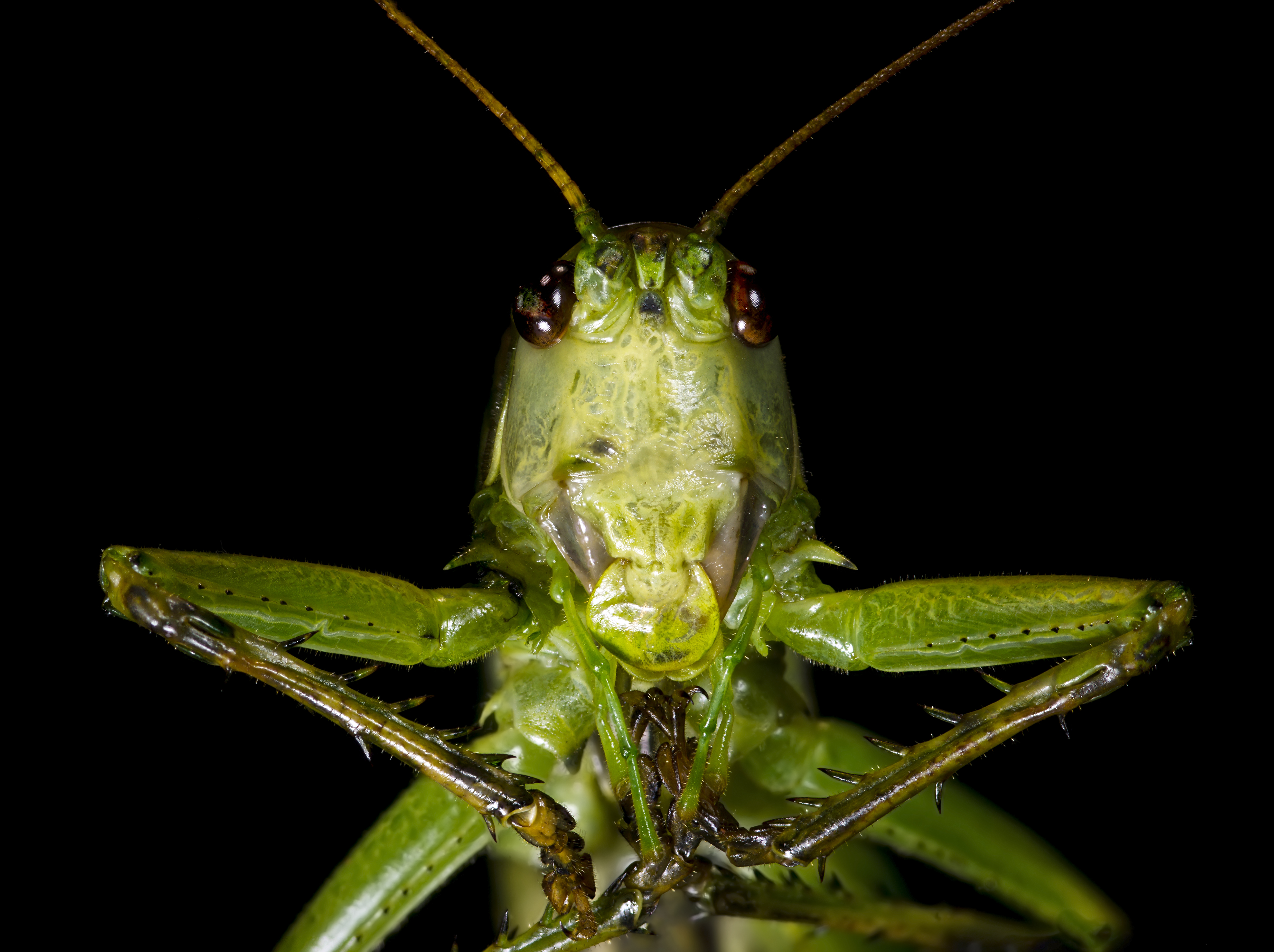|
Diyllus (katydid)
''Diyllus'' is a small genus of katydid Insects in the family Tettigoniidae are commonly called katydids (especially in North America), or bush crickets. They have previously been known as "long-horned grasshoppers". More than 8,000 species are known. Part of the suborder Ensifera, ...s found in South America. Species include: *'' Diyllus discophorus'' Stål, 1875 *'' Diyllus fasciatus'' (Brunner von Wattenwyl, 1895) *'' Diyllus maximus'' Beier, 1960 References Pseudophyllinae Tettigoniidae genera Orthoptera of South America {{Tettigoniidae-stub ... [...More Info...] [...Related Items...] OR: [Wikipedia] [Google] [Baidu] |
Carl Stål
Carl Stål (21 March 1833 – 13 June 1878) was a Swedish entomologist specialising in Hemiptera. He was born at Karlberg Castle, Stockholm on 21 March 1833 and died at Frösundavik near Stockholm on 13 June 1878. He was the son of architect, author and officer Carl Stål then Colonel, Swedish Corps of Engineers. He matriculated at Uppsala University in 1853, studying medicine and passing the medico-philosophical examination in 1857. He then turned to entomology and completed his Ph.D. at the University of Jena in 1859. The same year he became assistant to Carl Henrik Boheman in the Zoological department of the Swedish Museum of Natural History in Stockholm, where, in 1867, he was appointed keeper with the title of professor. He made collecting trips in Sweden and throughout Europe and visited other museums including the collection of Johan Christian Fabricius in Kiel. His study of the Fabrician types resulted in his "Hemiptera Fabriciana". A significant part of Stål's work w ... [...More Info...] [...Related Items...] OR: [Wikipedia] [Google] [Baidu] |
Katydid
Insects in the family Tettigoniidae are commonly called katydids (especially in North America), or bush crickets. They have previously been known as "long-horned grasshoppers". More than 8,000 species are known. Part of the suborder Ensifera, the Tettigoniidae are the only extant (living) family in the superfamily Tettigonioidea. They are primarily nocturnal in habit with strident mating calls. Many species exhibit mimicry and camouflage, commonly with shapes and colors similar to leaves. Etymology The family name Tettigoniidae is derived from the genus '' Tettigonia'', first described by Carl Linnaeus in 1758. In Latin ''tettigonia'' means a kind of small cicada, leafhopper; it is from the Greek τεττιγόνιον ''tettigonion'', the diminutive of the imitative (onomatopoeic) τέττιξ, ''tettix'', cicada. All of these names such as ''tettix'' with repeated sounds are onomatopoeic, imitating the stridulation of these insects. The common name ''katydid'' is also onomat ... [...More Info...] [...Related Items...] OR: [Wikipedia] [Google] [Baidu] |
Diyllus Discophorus
Diyllus ( grc-gre, Δίυλλος), probably the son of Phanodemus the Atthidographer (a chronicler of the local history of Athens and Attica), wrote a universal history of the years 357–296 BC. His work seems to have been a continuation of Ephorus' history, and was itself continued by Psaon of Plataea. The work was in 26 books, though only fragments survive. Both the historian Diodorus Siculus and the biographer Plutarch Plutarch (; grc-gre, Πλούταρχος, ''Ploútarchos''; ; – after AD 119) was a Greek Middle Platonist philosopher, historian, biographer, essayist, and priest at the Temple of Apollo in Delphi. He is known primarily for his ... valued Diyllus as a competent authority. References *Felix Jacoby, ''Die Fragmente der griechischen Historiker'', (1923). *Albin Lesky, ''A History of Greek Literature'', (1966). *''Oxford Classical Dictionary'' (1949). * Christopher Tuplin, "Universal Histories (''Hellenica'')", in Marincola (ed.) ''A Comp ... [...More Info...] [...Related Items...] OR: [Wikipedia] [Google] [Baidu] |
Pseudophyllinae
The subfamily Pseudophyllinae contains numerous species in the family Tettigoniidae, the katydids or bush crickets. Sometimes called "true katydids", together with the crickets of suborder Ensifera, they form part of the insect order Orthoptera which also contains grasshoppers. Members of the group are noted for their remarkable camouflage. They closely resemble dried leaves, including veins, various blotches and even bite marks. Systematics The Pseudophyllinae may be subdivided into the following tribes (the first 17 of which are sometimes grouped into the super-tribes: Pleminiiti and Pseudophylliti) and genera. (retrieved 25 December 2017) Some notable are also lis ... [...More Info...] [...Related Items...] OR: [Wikipedia] [Google] [Baidu] |
Tettigoniidae Genera
Insects in the family Tettigoniidae are commonly called katydids (especially in North America), or bush crickets. They have previously been known as "long-horned grasshoppers". More than 8,000 species are known. Part of the suborder Ensifera, the Tettigoniidae are the only extant (living) family in the superfamily Tettigonioidea. They are primarily nocturnal in habit with strident mating calls. Many species exhibit mimicry and camouflage, commonly with shapes and colors similar to leaves. Etymology The family name Tettigoniidae is derived from the genus ''Tettigonia'', first described by Carl Linnaeus in 1758. In Latin ''tettigonia'' means a kind of small cicada, leafhopper; it is from the Greek τεττιγόνιον ''tettigonion'', the diminutive of the imitative (onomatopoeic) τέττιξ, ''tettix'', cicada. All of these names such as ''tettix'' with repeated sounds are onomatopoeic, imitating the stridulation of these insects. The common name ''katydid'' is also onomatop ... [...More Info...] [...Related Items...] OR: [Wikipedia] [Google] [Baidu] |

_(7639102324).jpg)
